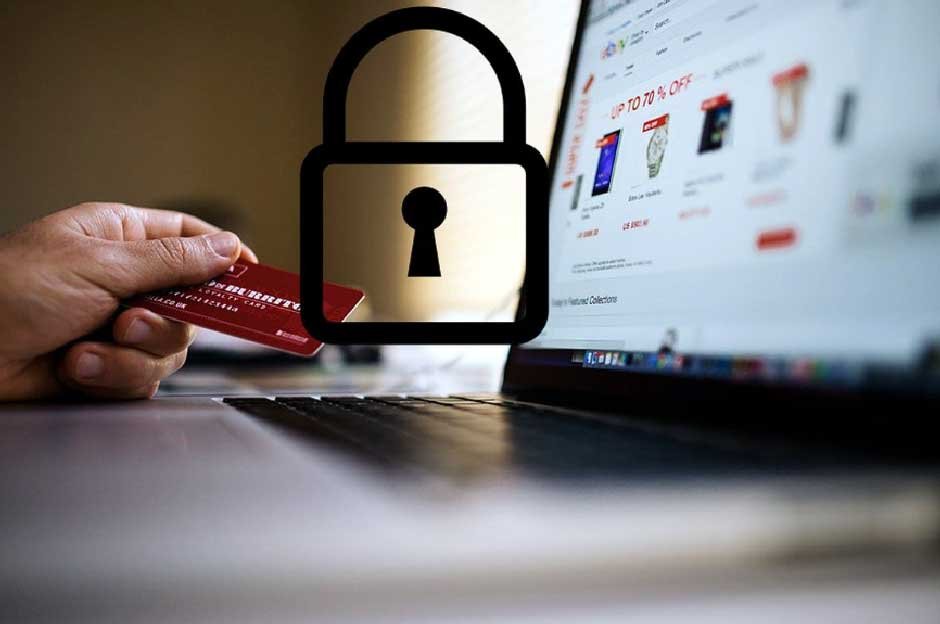Skip to the good bit
ToggleIntroduction to Secure Payment Processing
Payment processing has become vital to the modern business landscape, allowing for quick, reliable, and efficient transactions across various platforms. Ensuring these transactions are secure is critical to maintaining consumer trust and safeguarding sensitive information. As businesses rely more on digital transactions, understanding and implementing secure payment practices become imperative.
In the digital age, the question isn’t just about how businesses and consumers make transactions and the security underpinning these exchanges. Understanding how does payment processing work? provides a critical foundation for implementing best practices to ensure security for businesses and their customers. As payments become increasingly digitized, safeguarding personal and financial information is paramount.
Today, securing transactions involves more than simply encrypting data. It’s about crafting an ecosystem that prioritizes privacy at every step, from initial transaction to final confirmation. As cyber threats evolve, businesses must continuously update and refine their payment processing strategies to protect their users and operations
Understanding the Threat Landscape
The increasingly digital nature of transactions has introduced new cyber threats, ranging from data breaches to phishing attacks. According to a recent study, cybercrime damages could reach $6 trillion annually by 2021, highlighting the urgent need for enhanced security measures. Businesses must stay vigilant against threats and adapt strategies to protect themselves and their customers.
Essential Technologies for Payment Security
Several technologies are critical for maintaining payment security. Advanced encryption methods ensure data is transmitted securely, while tokenization replaces sensitive data with randomized identifiers. Additionally, innovations like biometric authentication enhance security by adding an extra layer of verification. These technologies work in tandem to create a robust and secure payment processing environment, minimizing the risk of data theft.
Best Practices for Businesses
Businesses play a crucial role in securing payment processes. Implementing comprehensive security measures such as regular software updates, PCI DSS compliance, and rigorous access controls is essential. Furthermore, adopting multi-factor authentication and educating employees about cybersecurity risks can bolster an organization’s defenses against potential threats.
Regular Audits and Monitoring
Regular security audits and continuous monitoring are proactive steps businesses can take to identify and mitigate vulnerabilities. These practices offer insights into potential weaknesses and provide actionable steps to enhance security posture.
Empowering Customers to Protect Themselves
Consumers are equally responsible for maintaining transaction security. The key is educating them about safe payment practices, such as using strong, unique passwords and being cautious of phishing scams. Customers should also be encouraged to employ security features offered by their financial institutions, such as alerts for suspicious activity and temporary card locks.
Future Trends in Payment Security
The landscape of payment security is rapidly changing, with new trends emerging regularly. Innovations such as contactless payments and artificial intelligence-driven fraud detection systems are changing how transactions are secured. As technology advances, the onus is on businesses to remain adaptable and ahead of potential security challenges.
Conclusion
The world of payment processing is continually evolving, presenting opportunities and challenges in maintaining security. By adopting best practices and leveraging cutting-edge technologies, businesses can protect themselves and their customers from threats. As the industry continues to innovate, staying informed and proactive in securing transactions will be crucial for sustaining trust and ensuring long-term success.







